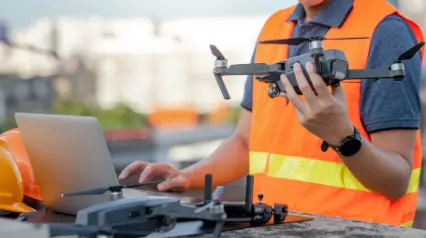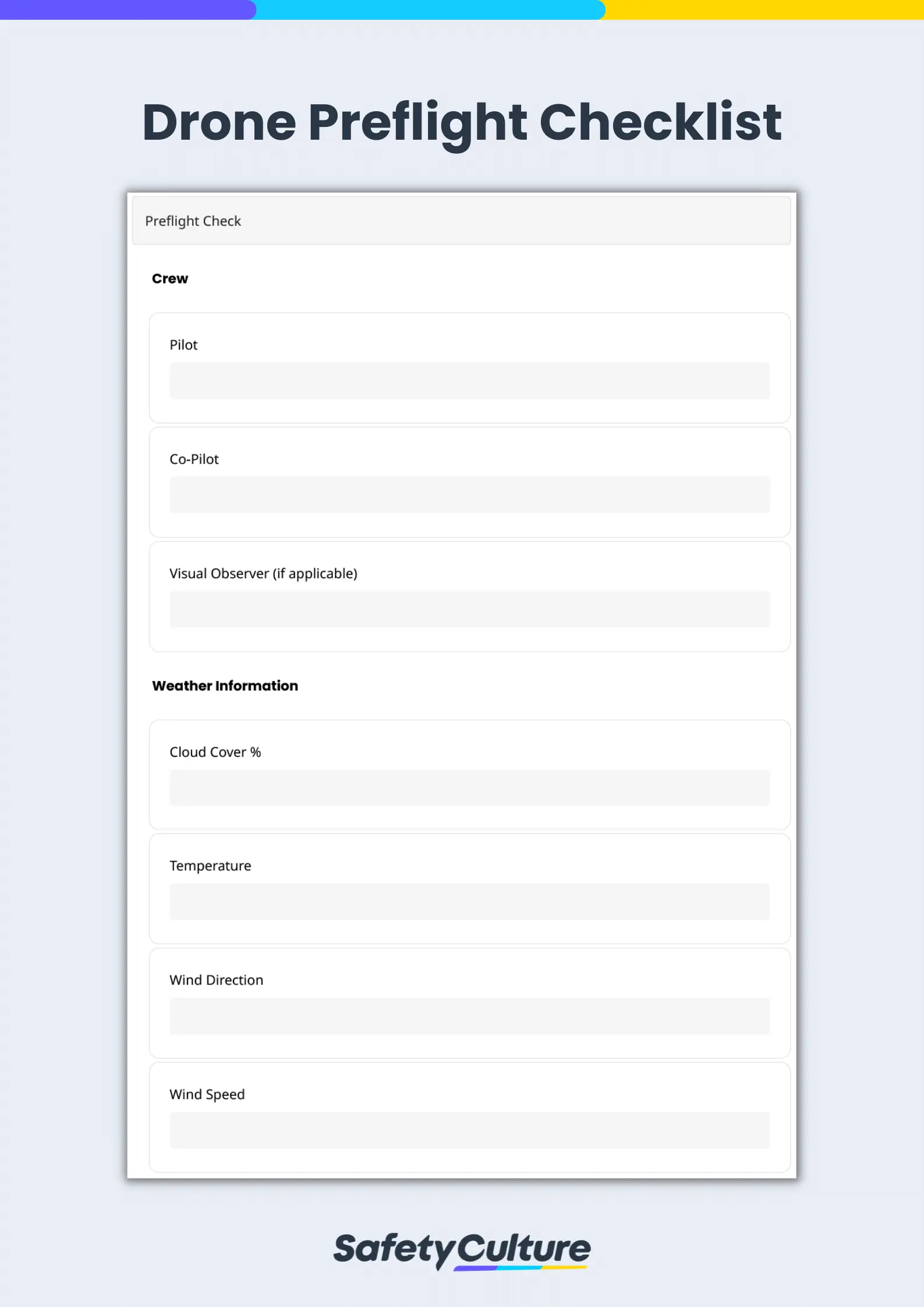What is a Drone Preflight Checklist?
A drone preflight checklist is a critical exercise that helps ensure safe and legal operation of drones. From physical checks to validation of required documents, this checklist can be used by drone pilots to prepare everything before a drone takes flight. Drone preflight checklists help reduce the risk of physical damage to property, injuries, flyaways, and costly lawsuits.
Importance of Drones Today
Over the past few years, drones (a type of Unmanned Aerial Vehicle or UAV) have become widely adopted not only for recreational use but also for commercial and government operations.
Project managers utilize drones in construction to survey land more efficiently and collect real-time data on building projects. Agricultural drones help farmers acquire critical thermal imaging data for crops. E-commerce companies have also begun to develop logistics systems that use drone fleets to deliver goods to far-flung areas. Even some local government units use UAVs to improve mobility in enforcing the law.
It is evident that drones have enabled different sectors to improve productivity, research, and risk mitigation in their operations, which is why drone pilots should be more responsible in operating drones to continue reaping the benefits of drone technology.
5-Point Drone Preflight Check Guide for Pilots
Under United States law, drones are aircraft covered under the regulations of Part 107 of the Federal Aviation Administration’s (FAA) Small UAV rule. Drone regulations require pilots to conduct drone preflight checks to ensure that the equipment and the flying conditions are in the ideal state.
Here is a 5-point guide drone pilots can refer to for conducting effective drone preflight checks:

1. Check the flying conditions and the itinerary.
- Check the weather and temperature. Most drones are not suitable for flying in precipitation, windy days, and freezing temperatures.
- Never fly over stadiums, crowds, near emergency response efforts, and within the restricted zones of airports.
2. Secure the necessary documentation before drone operation.
- Pilots operating drones for commercial use should secure a commercial drone license (or remote pilot certificate) and keep this with them before drone operation; drone pilots operating for government use are not required to have a license.
- Drone pilots with specific drone flights not allowed under Part 107 can request operational waivers, which they can attach to the preflight checklist once granted.
- For construction project managers, make sure to secure additional permits, if any, before flying above sites.
3. Know and comply with specific drone operation laws in your area.
- Research the specific set of drone laws in the area you intend to fly your drone in and make sure to comply with them. See drone regulations for each state as they vary.
4. Ensure that the drone is fit for flight.
- Carefully go through the drone preflight checklist and check every part of the drone to see any signs of damage or obstruction.
- Ensure that batteries are adequately charged.
- Check camera settings and make sure that the memory card has enough space.
5. Keep your drone’s firmware updated.
- It is essential to upgrade the firmware to ensure that your drone is always calibrated in terms of connectivity, navigation, and behavior. Drone firmware is also important to ensure that your drone complies with no-fly zone requirements.



